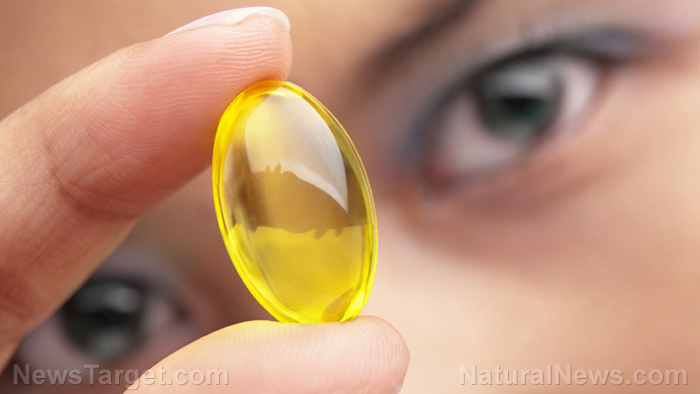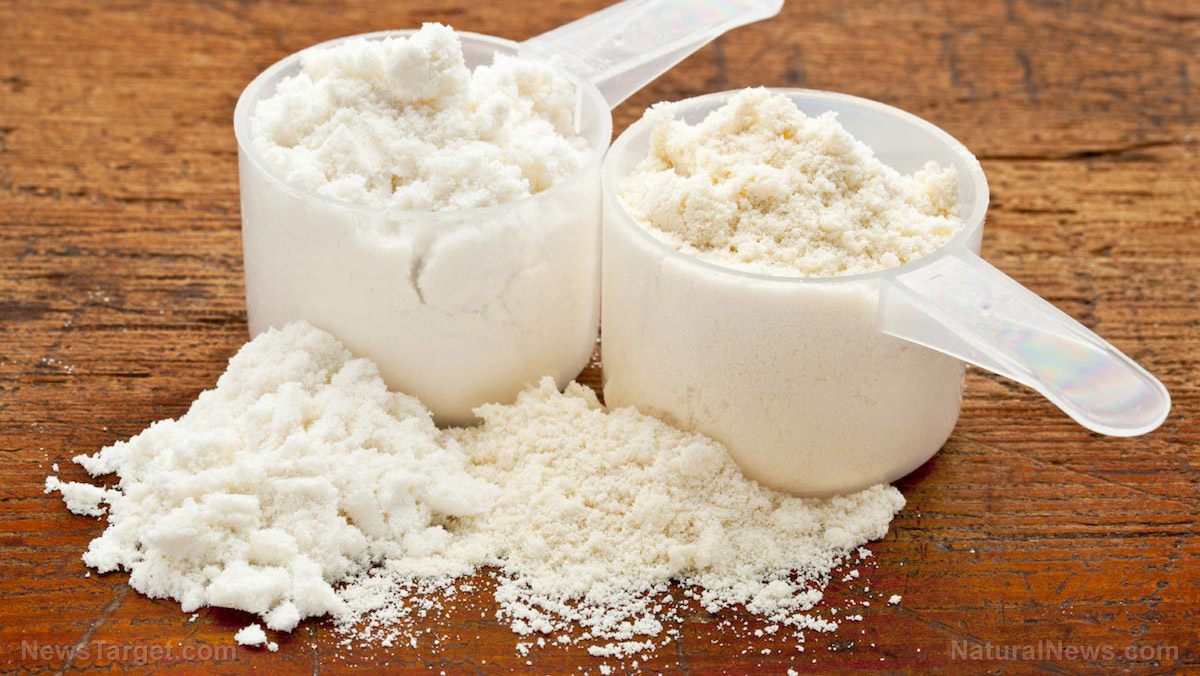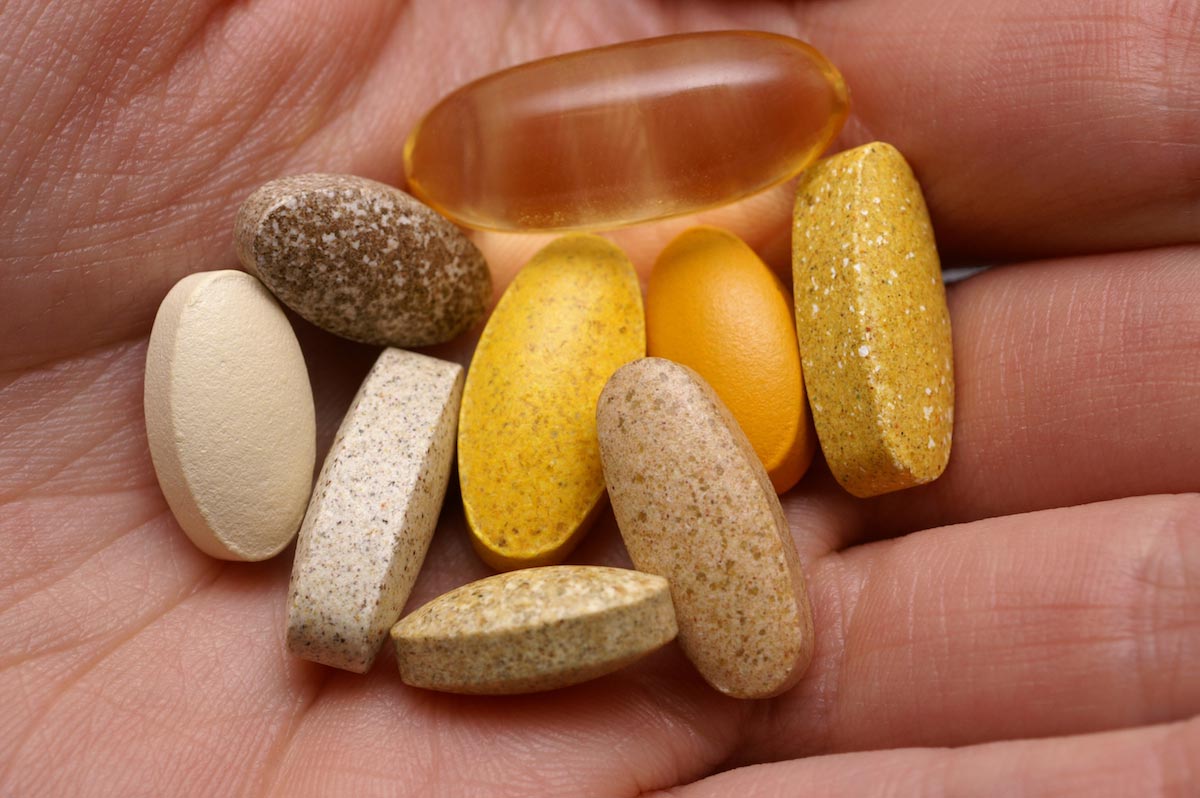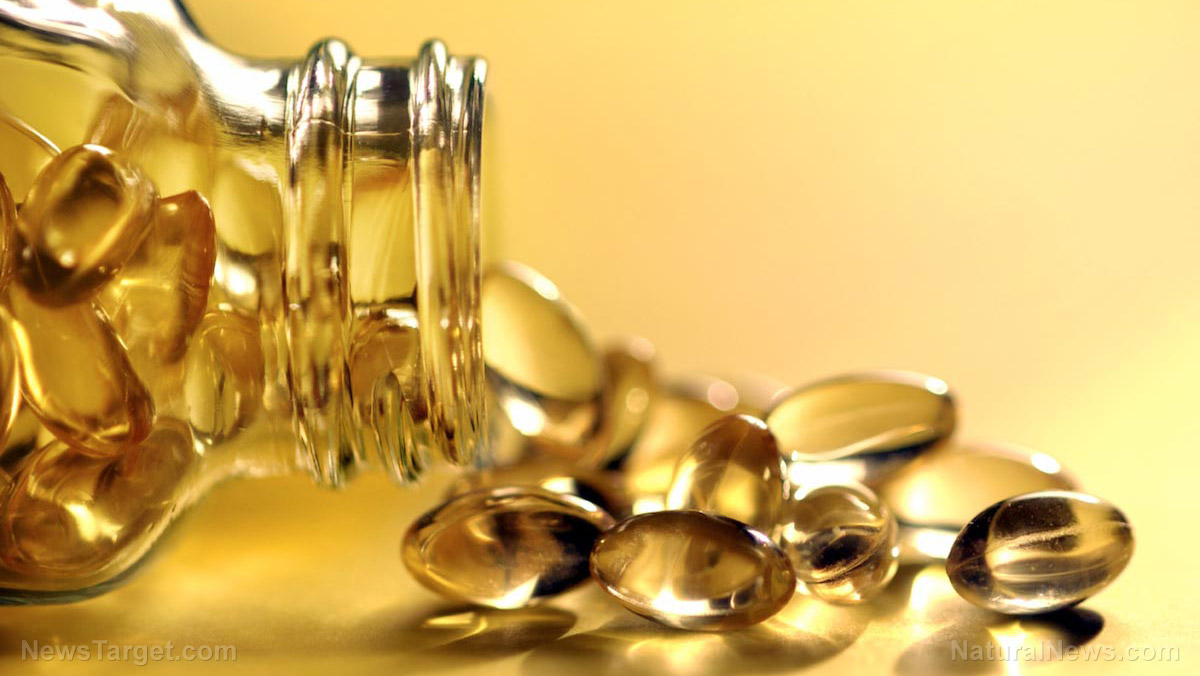Can this rare earth metal be the future of treating fatty liver disease?
04/11/2019 / By Janine Acero
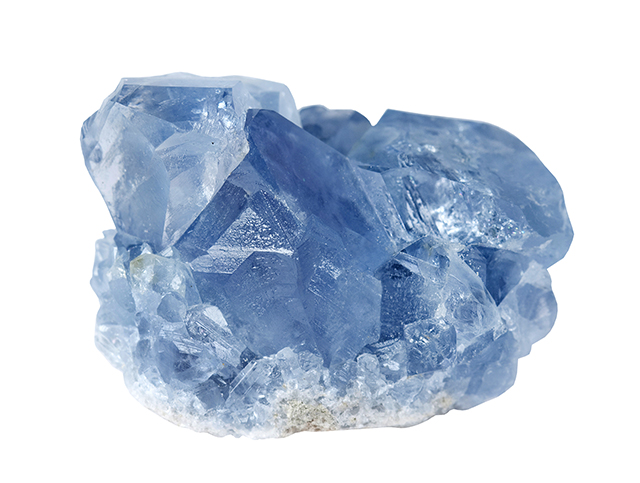
Rare earth metals are rarely associated with health and medicinal uses. Strontium is one of the few chemical elements to have been documented for use in the medical field. Though its applications in medicine have mainly concerned bone health, researchers from China explored the effects of strontium on fatty livers and determined these mechanisms may improve nonalcoholic fatty liver disease (NAFLD). Their findings were published in the Journal of Medicinal Food.
NAFLD is the buildup of excess fat in liver cells that is caused by factors other than alcohol. While your liver does contain some fat, you can develop fatty liver (steatosis) if more than five to 10 percent of your liver’s weight is all fat.
Chinese researchers evaluated how strontium affects the endoplasmic reticulum stress (ERS) pathways in a fatty liver. They used both in vitro and in vivo models. For the in vitro model of NAFLD, the researchers used human hepatocyte cell line (L02) treated with 0.2 mM palmitic acid. For the in vivo model of NAFLD, they fed Sprague-Dawley rats with a high-fat diet (HFD).
The researchers then determined the total cholesterol (TC), triglyceride (TG), and lipid deposition in L02 cells and liver tissues.
They observed that strontium treatment suppressed intracellular TC and TG levels and lipid accumulation in L02 cells. This effect was more pronounced when using high concentrations of strontium.
Strontium also significantly reduced the mRNA and protein expression of glucose-regulated protein 78 (GRP78), activating transcription factor 6 (ATF6), inositol-requiring enzyme 1 (IRE1), SREBP cleavage activator protein (SCAP), sterol regulatory element binding protein 1c (SREBP-1c), and SREBP-2 in L02 cells.
The researchers observed similar effects in HFD-fed rats. Strontium treatment reduced serum TC, TG, and low-density lipoprotein cholesterol levels, as well as hepatic lipid (liver fat) accumulation. Strontium treatment also reduced the expression of GRP78 and SREBP-2 protein in liver tissues.
Overall, strontium alleviated hepatic steatosis (fatty liver) by decreasing ERS-related protein expression. There is evidence to suggest that strontium may be a potential treatment or preventive therapy for NAFLD. (Related: No surprise here: Western diets cause life-threatening fatty liver disease – can we reverse it?)
Strontium and bone health
Strontium is an alkaline metal that has several applications in medicine.
Strontium is similar in nature to calcium. It can be found in the human body – around 99 percent of strontium is found on the surface of human bones. However, it is found in quantities 1,000 to 2,000 times less than that of calcium.
Alternative practitioners view strontium as a remedy for osteoporosis (bone mineral loss). Strontium supplements are said to prevent osteoporosis because a similar medication, called strontium ranelate, was approved for such use in Europe. However, this medication is now restricted for use in postmenopausal women suffering from severe osteoporosis, as it was found that strontium ranelate increased the risk of heart attacks, deep vein thrombosis, and pulmonary embolism.
Strontium ranelate has not been approved for use in the U.S.
Other forms of strontium are also used for medicinal purposes. The radioactive isotope of strontium called strontium-89 is given intravenously to relieve bone pain in people with advanced bone cancer. Strontium chloride hexahydrate is added to toothpaste to reduce pain in sensitive teeth.
Despite the medicinal applications of strontium, calcium remains to be the best mineral for bone health. Head over to Nutrients.news to learn about the different sources of calcium available.
Sources include:
Tagged Under: alkaline metal, alternative medicine, disease treatments, fatty liver, liver damage, NAFLD, nonalcoholic fatty liver disease, prevention, rare earth metal, research, Strontium

